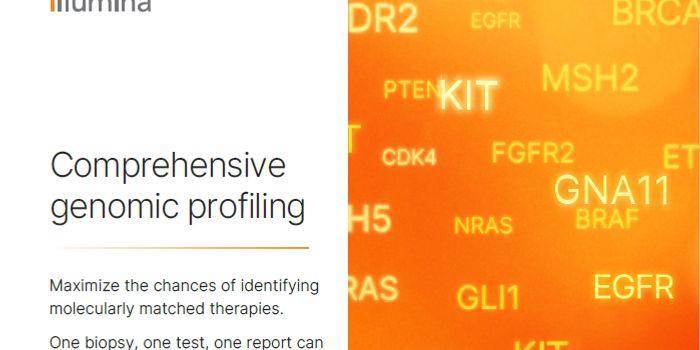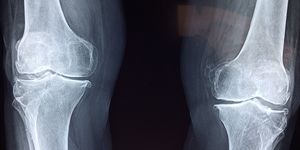What is Hachimoji DNA?
It’s the first thing you learn in biology. There are four nucleotides which are adenine, cytosine, guanine, and thymine and they make up the genetic material of every living organism. Now, scientists have synthesized four additional, unique bases with the goal of ending the data storage gap, and finding alien life. DNA is a promising storage alternative because of its ability to compact billions of base pairs, or bits, in a microscopic cell. DNA is so reliable in copying and transmitting messages that it averages only one mistake in every ten billion base pairs, and it can stay intact for hundreds of thousands of years.
In February, scientists working with NASA synthesized four nucleotides, ‘B,’ ‘P,’ ‘S,’ ‘Z,’ which can be incorporated in DNA, RNA, and ultimately proteins. All four nucleotides behave in accordance with parameters that guide the function of natural nucleotides. Just like the natural nucleotides, the pairings are highly specific; P will only bind with Z, and B will only bind with S. It is imperative that the biochemical properties of synthetic bases bind specifically, conserve the structure of the double helix, and do not restrict the order of the letters in the sequence. Conserving these three parameters of natural DNA allows synthetic DNA to function within the system. Synthetic DNA could be used to store information, and build self-assembling nanostructures.
This is not the first attempt scientists have made to synthesize DNA for data storage. In early 2017, scientists synthesized two viable nucleotides, called ‘X’ and ‘Y, ’ bringing the functional alphabet to six letters. These synthetic nucleotides were incorporated into DNA sequences based on their hydrophobic properties, which caused limitations with sequence syntax and increased risk of slippage.
Synthetic DNA bases are synthesized chemically and can be used in a DNA sequence the same way as an ‘A,’ ‘C,’ ‘G,’ or ‘T.’ The sequence can be transcribed into RNA and translated into a functional protein. Scientists do not intend to create new life with synthetic DNA, but NASA is interested in using the technology to find and communicate with life elsewhere in the universe.
Sources: Science Magazine, NASA, TechRadar, PNAS, LabRoots








